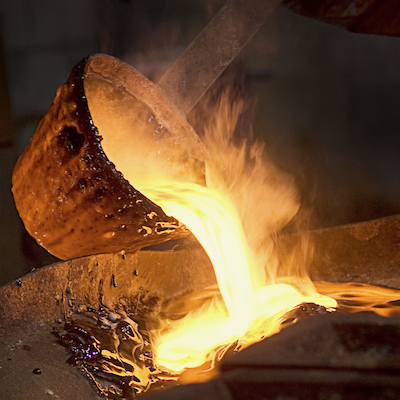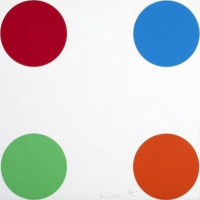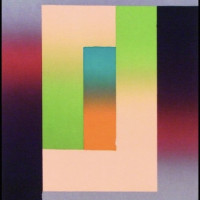
What is metal?
Metal has been traditionally used in art for creating sculptures, jewelry, masks, adornments, tools, and weapons, often featuring decorative elements. Common types of metal used include bronze, brass, cast iron, gray iron, copper, gold, tin, wrought iron, and silver.
Show All
- Show All
- Established
- Discoveries
A,B,C
ARTWORKS RELATED TO METAL

Young British Artists (YBAs), also known as Britart or Brit artists, refers to a group of artists who began exhibiting together in London in 1988. Most of them graduated from the BA Fine Arts course at Goldsmiths in the late 1980s. The YBAs are known for their wild lifestyles, use of unconventional materials, and a combination of entrepreneurial and oppositional attitudes. They dominated the British art scene in the 1990s and gained significant media attention. Many of these artists were initially supported and collected by Charles Saatchi, a key figure in their rise to prominence.






















